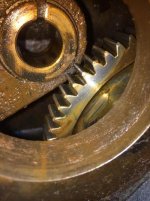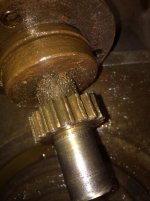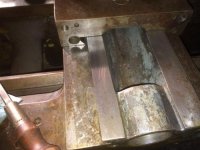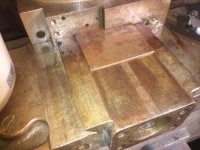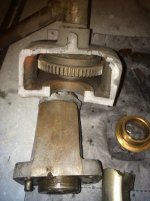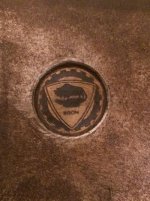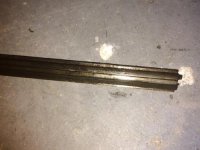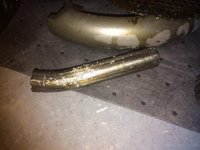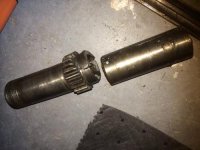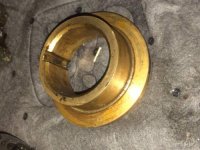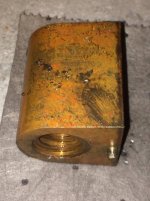JerrySharrett
Senile Member
I'm still trying to figure out what that gear is on the cross feed shaft?? Did that shattered oblong housing come off that? There is a rod running across the lathe parallel to the cross slide that has something to do with that gear...a rapid traverse on the cross slide?? ?? ??? Donno?? Probably drives the cross feed, but that shaft beside it?????
The long rods running parallel to the bedway casting, one is for the spindle clutch, one is to drive the feed mechanism for the long and cross axis, the one with the acme thread is for threading. They look fine from the pictures.
It still doesn't look fatal by any means.
The long rods running parallel to the bedway casting, one is for the spindle clutch, one is to drive the feed mechanism for the long and cross axis, the one with the acme thread is for threading. They look fine from the pictures.
It still doesn't look fatal by any means.


